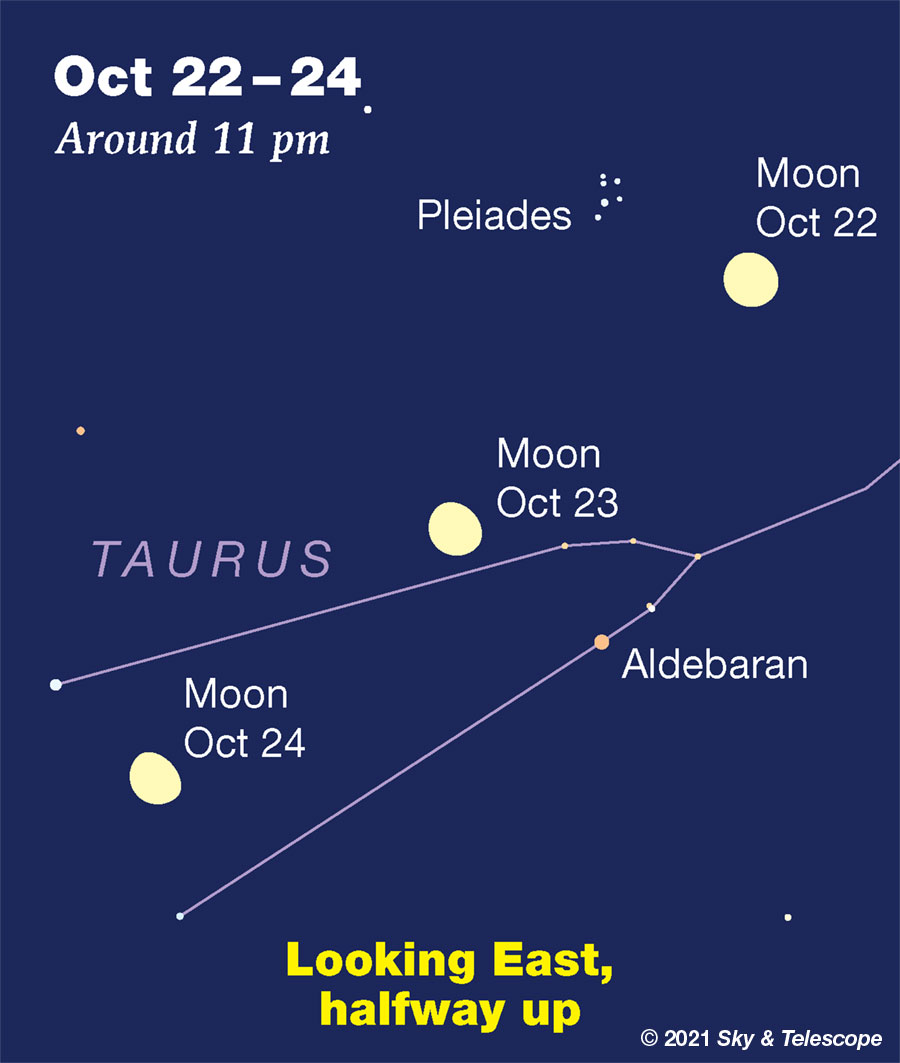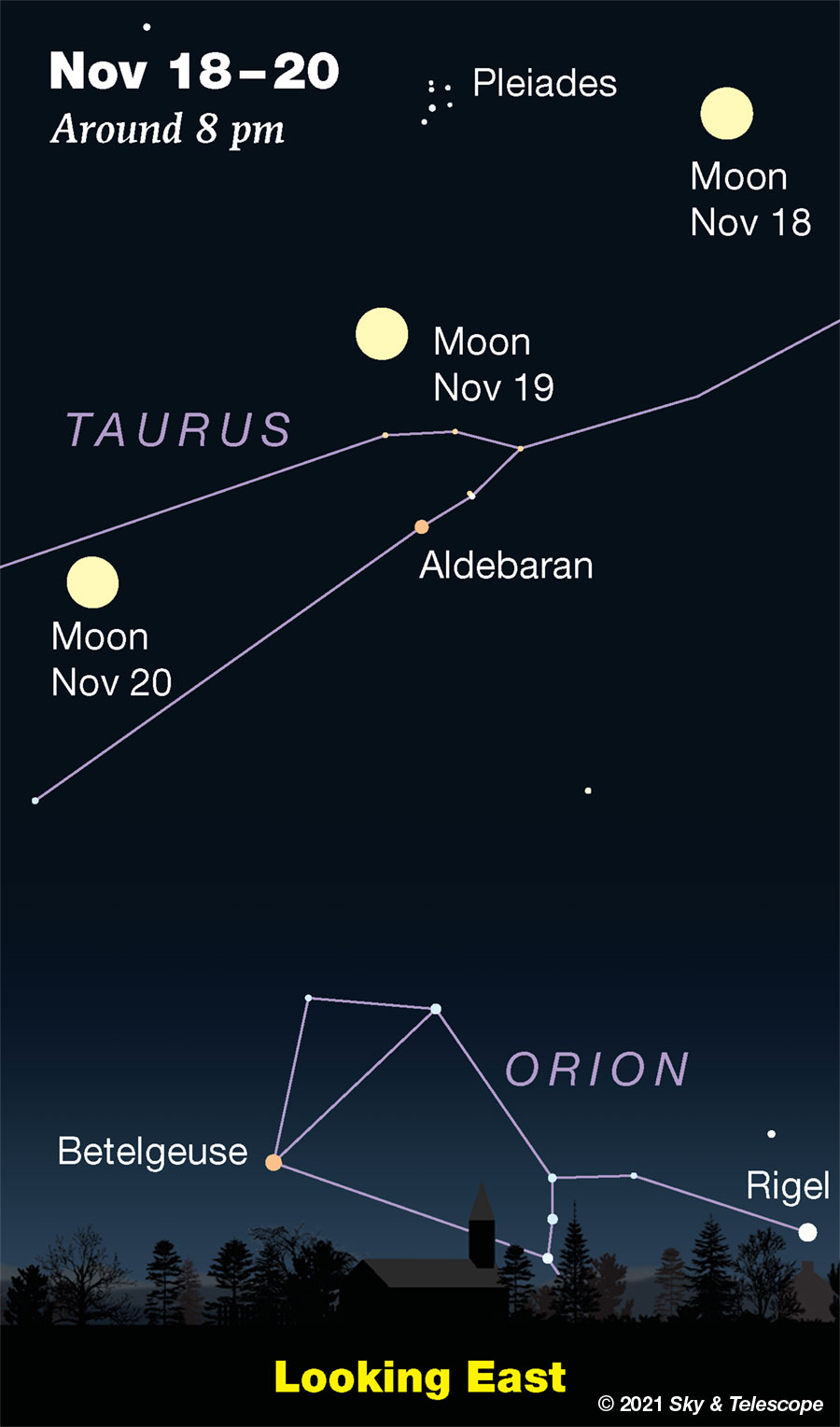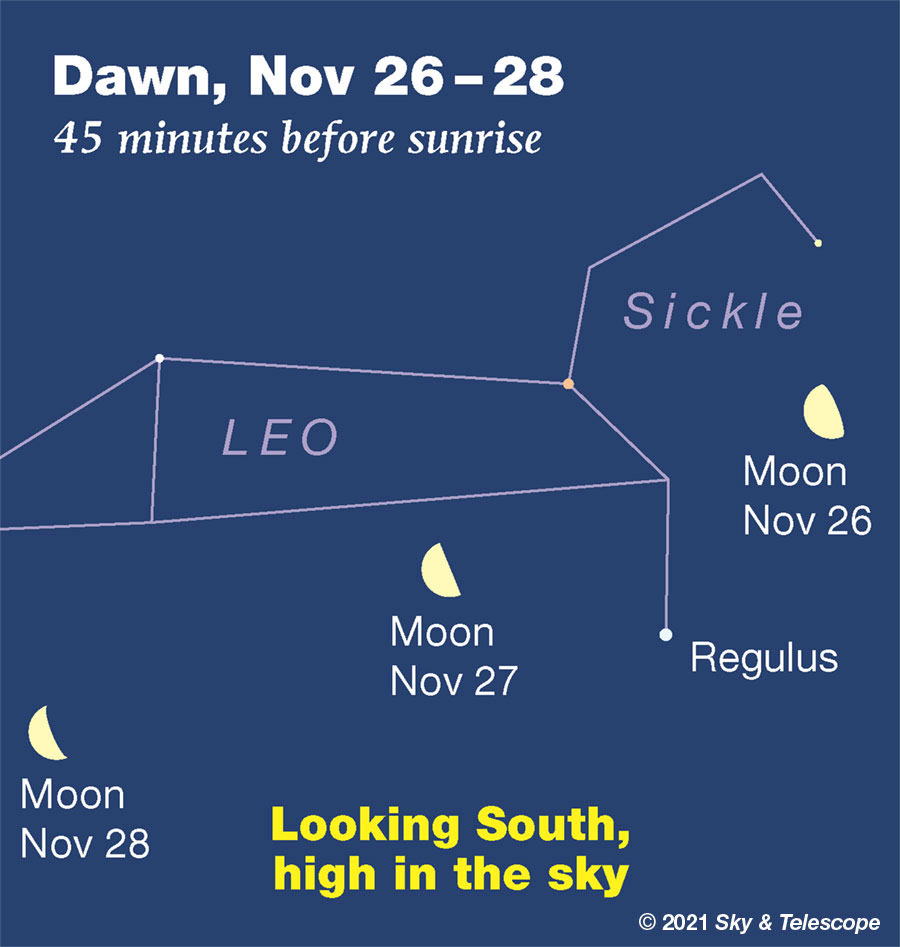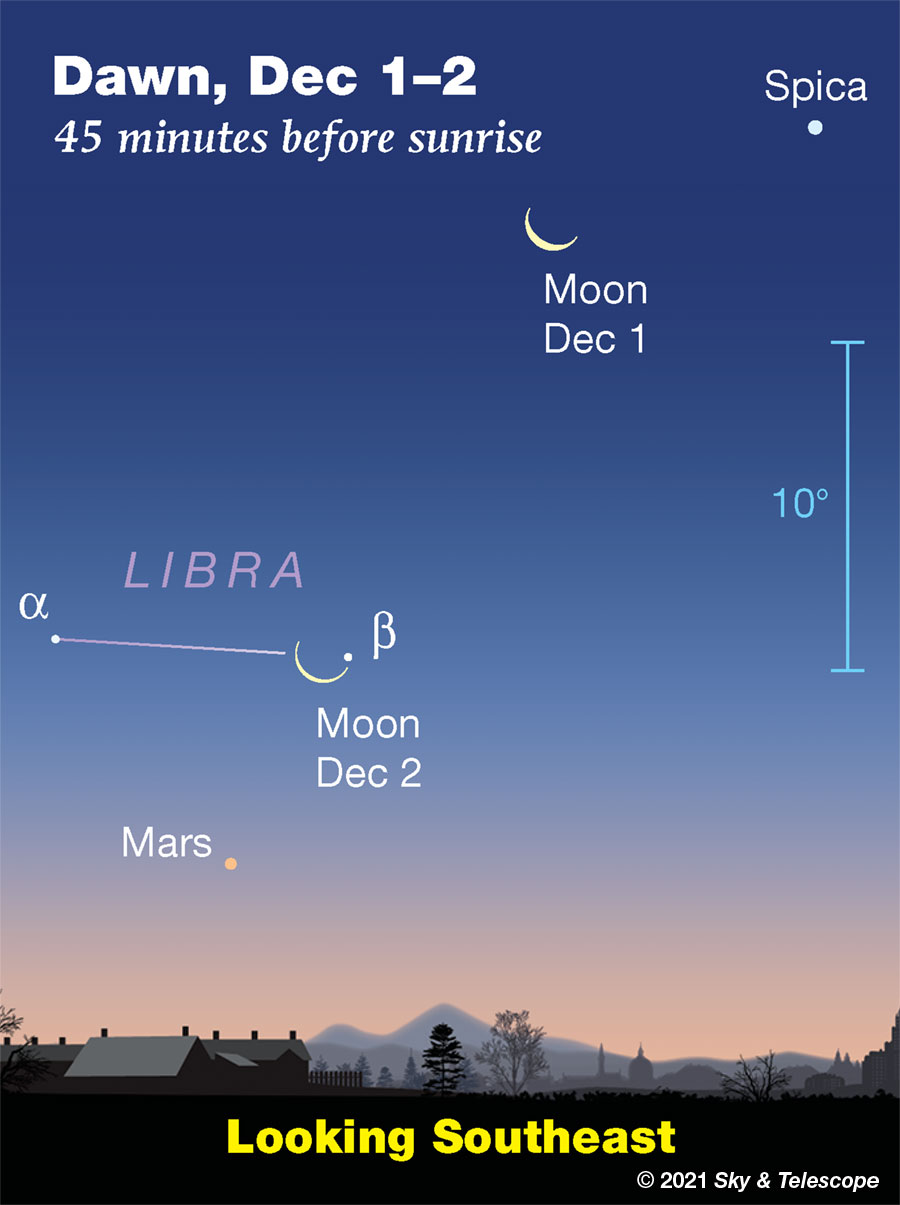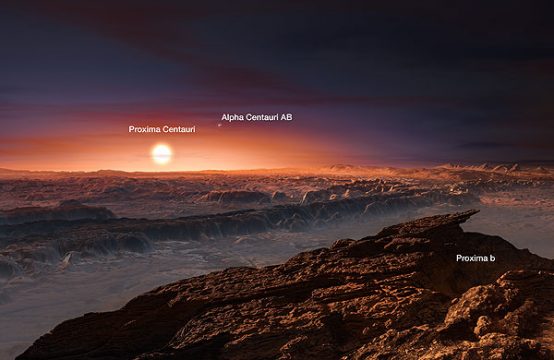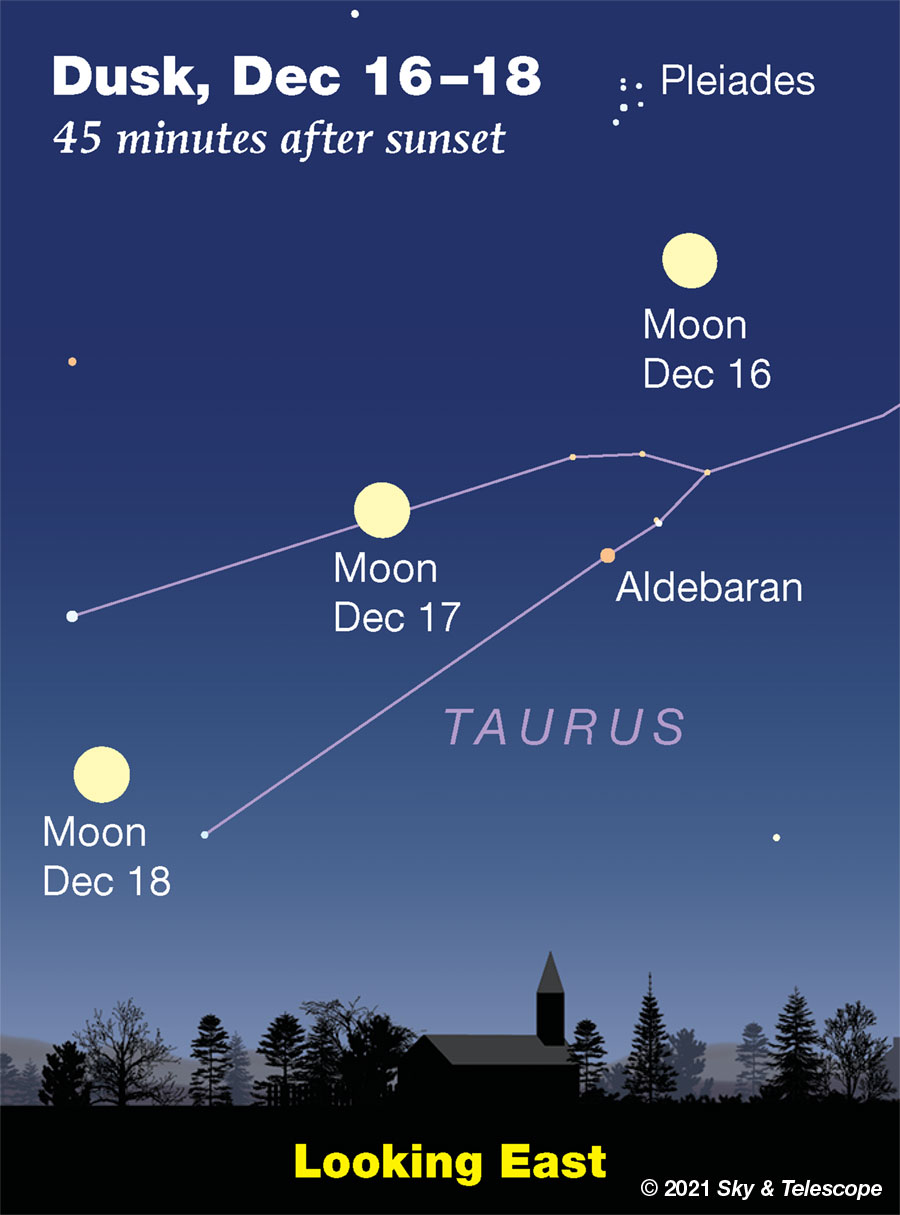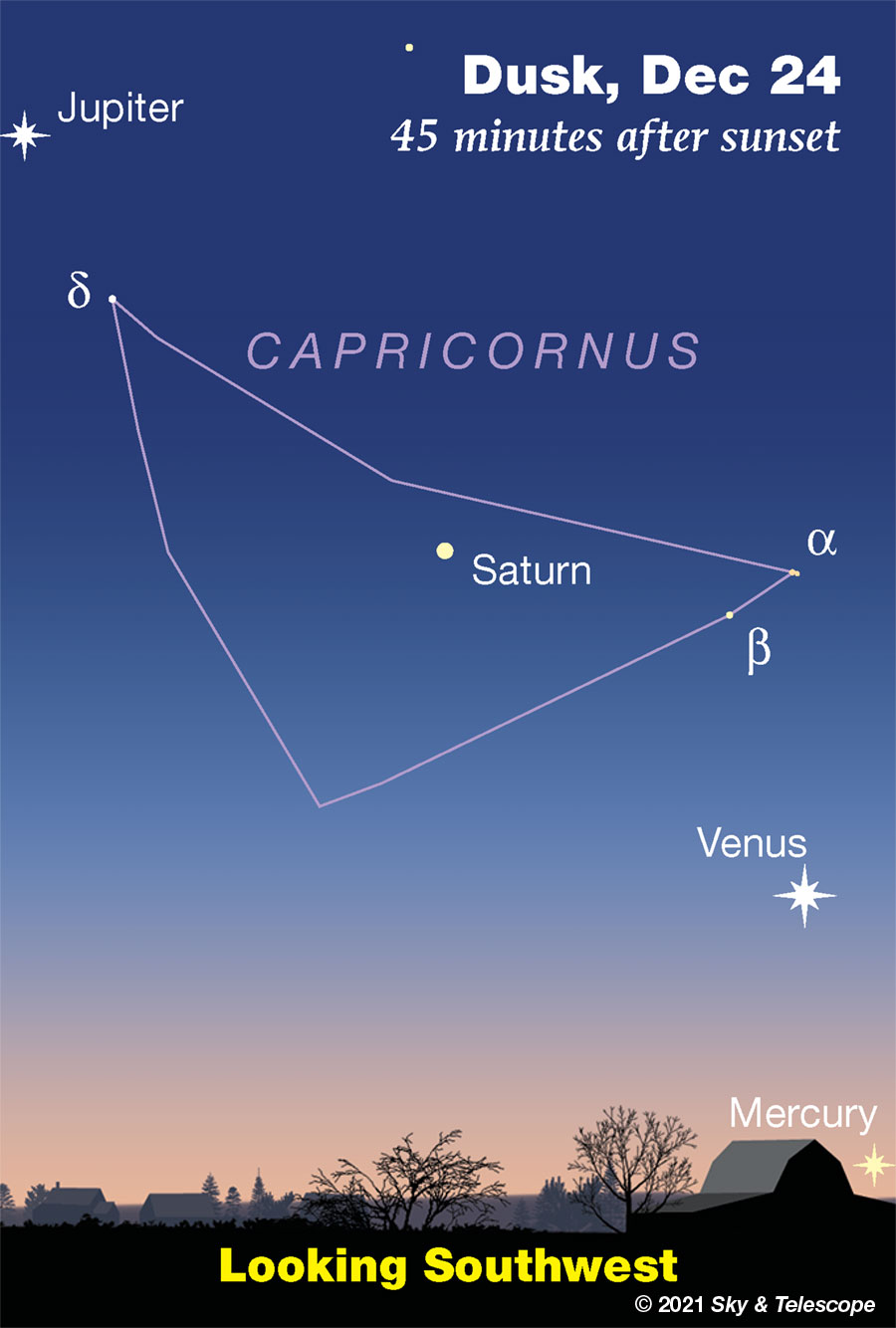CELESTIAL NEWS & EVENTS
THIS WEEK'S SKY AT A GLANCE, DECEMBER 10 – 18BY: ALAN MACROBERT DECEMBER 10, 2021
https://skyandtelescope.org/astronomy-news/this-weeks-sky-at-a-glance-december-10-18/WEDNESDAY, DECEMBER 15
■ This evening, spot orange Aldebaran about two fists at arm's length lower left of the Moon. Now look in the opposite direction from the Moon a little less far, and just a bit up from there, and you're at the brightest two or three stars of Aries. Of all the zodiac constellations, Aries has by far the smallest distinctive pattern of its main stars.
THURSDAY, DECEMBER 16
■ Left of Orion after dinnertime is the constellation Gemini. Castor and Pollux, the head stars of the Gemini stick-figure twins, are at its left end; the twins are lying on their sides. Castor is the higher one.
THIS WEEK'S PLANET ROUNDUP
Mercury is hidden deep in the sunset.
Venus, a dazzling magnitude –4.8,
shines in the southwest during and after twilight. It's drawing nearer to Earth and nearer to our line of sight to the Sun. Thus we see its crescent enlarge from a big 45 arcseconds to 50 arcseconds tall this week, while it thins from 20% to only 13% sunlit. Any telescope is enough to keep watch!
Jupiter, crossing from Capricornus into Aquarius, shines in the south-southwest at dusk about three fists at arm's length upper left of Venus. At magnitude –2.2 it's second in brightness only to Venus.
Look two fists lower left of Jupiter for Fomalhaut, magnitude +1.2.
Saturn, in Capricornus, is midway between Jupiter and Venus. At magnitude +0.7, Saturn is only 1/15 Jupiter's brightness.
Saturn sets around 8 p.m. Jupiter follows it down a little more than an hour later.jusplay4fun wrote:LOTS to see this week in the SKYhttps://skyandtelescope.org/astronomy-news/this-weeks-sky-at-a-glance-december-3-11/THIS WEEK'S SKY AT A GLANCE, DECEMBER 3 – 11
SUNDAY, DECEMBER 5
■ Vega still shines brightly well up in the west-northwest after dark. The brightest star above it is Deneb, the head of the big Northern Cross formed by the brightest stars of Cygnus. At nightfall the shaft of the cross extends lower left from Deneb. By about 11 p.m., it plants itself more or less upright on the northwest horizon.
■ Now that it's December, Orion is striding up clear of the east-northeast horizon by 7 or 8 p.m. By 9 or 10 he's displaying himself high in the southeast in his full wintry glory. Have you looked in on the Great Orion Nebula yet this season? Here's your chance before moonlight starts to flood the sky again. Orion is highest in the south around midnight.
MONDAY, DECEMBER 6
■ The waxing crescent Moon hangs with Venus low in the southwest early this evening, as shown below.
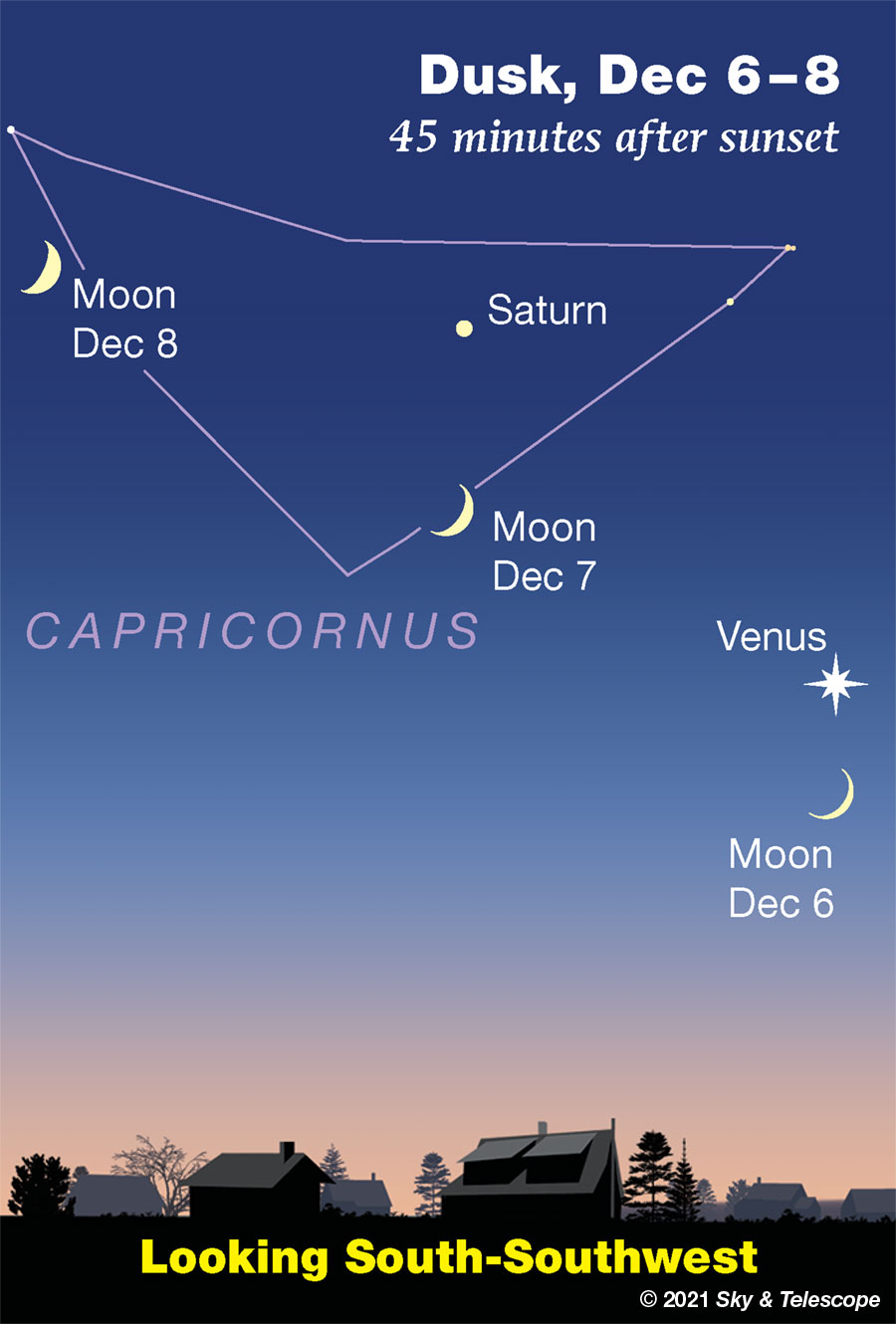
THURSDAY, DECEMBER 9
■ Orion is up after dinnertime low in the east-southeast, and that means Gemini is also coming up to its left (for the world's mid-northern latitudes). The head stars of the Gemini twins, Castor and Pollux, are at the left end of the Gemini constellation — one over the other, with Castor on top.
FRIDAY, DECEMBER 10
■ First-quarter Moon (exactly so at 8:36 p.m. EST). The half-lit Moon shines far off the upper-left end of the Venus-Saturn-Jupiter line, turning it into an immense, gently curving line of four objects.
■ Algol should be at minimum light for a couple hours centered on 8:27 p.m. EST.
SATURDAY, DECEMBER 11
■ At this time of year the Big Dipper lies shyly down at its lowest just after dark, due north. It's entirely below the north horizon if you're as far south as Miami.
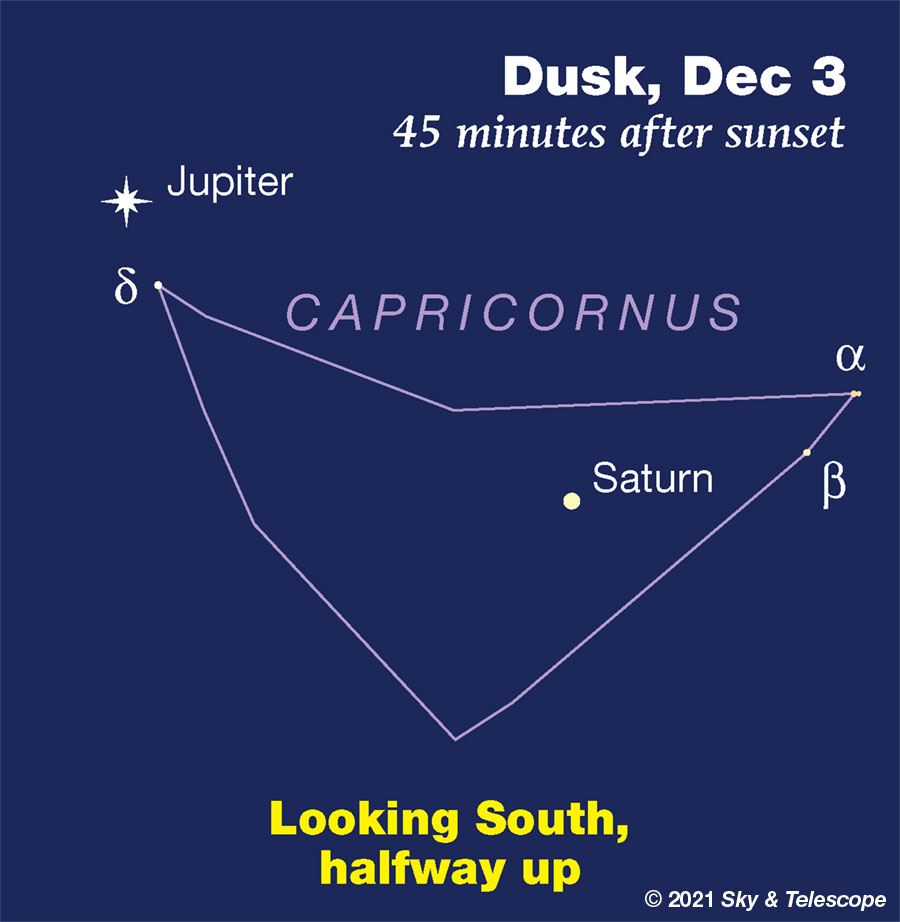
THIS WEEK'S PLANET ROUNDUP
Mercury is out of sight in the glare of the Sun.
Venus, a dazzling magnitude –4.9, shines in the southwest during and after twilight.
Mars, far and faint at magnitude +1.6, is emerging low in the sunrise. Look just above the east-southeast horizon about 50 minutes before sunup, way down below Arcturus and Spica.
Jupiter, in Capricornus, shines in the south to southwest during evening far upper left of Venus. At magnitude –2.3 Jupiter is second in brightness only to Venus.
Look two fists lower left of Jupiter for sparkly Fomalhaut, magnitude +1.2.
Saturn, also in Capricornus, is midway between Jupiter and Venus. At magnitude +0.7, Saturn is only 1/16 Jupiter's brightness.
